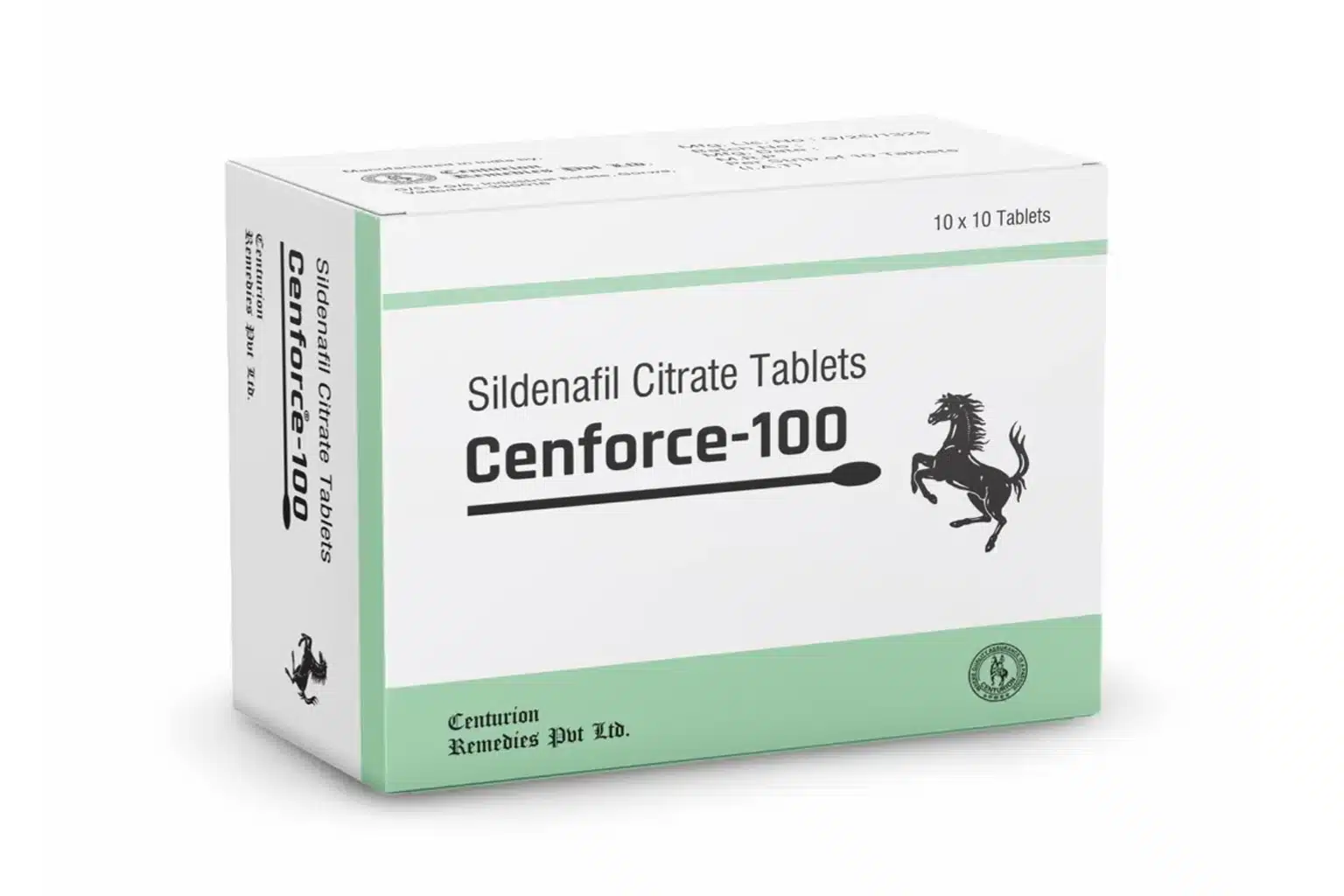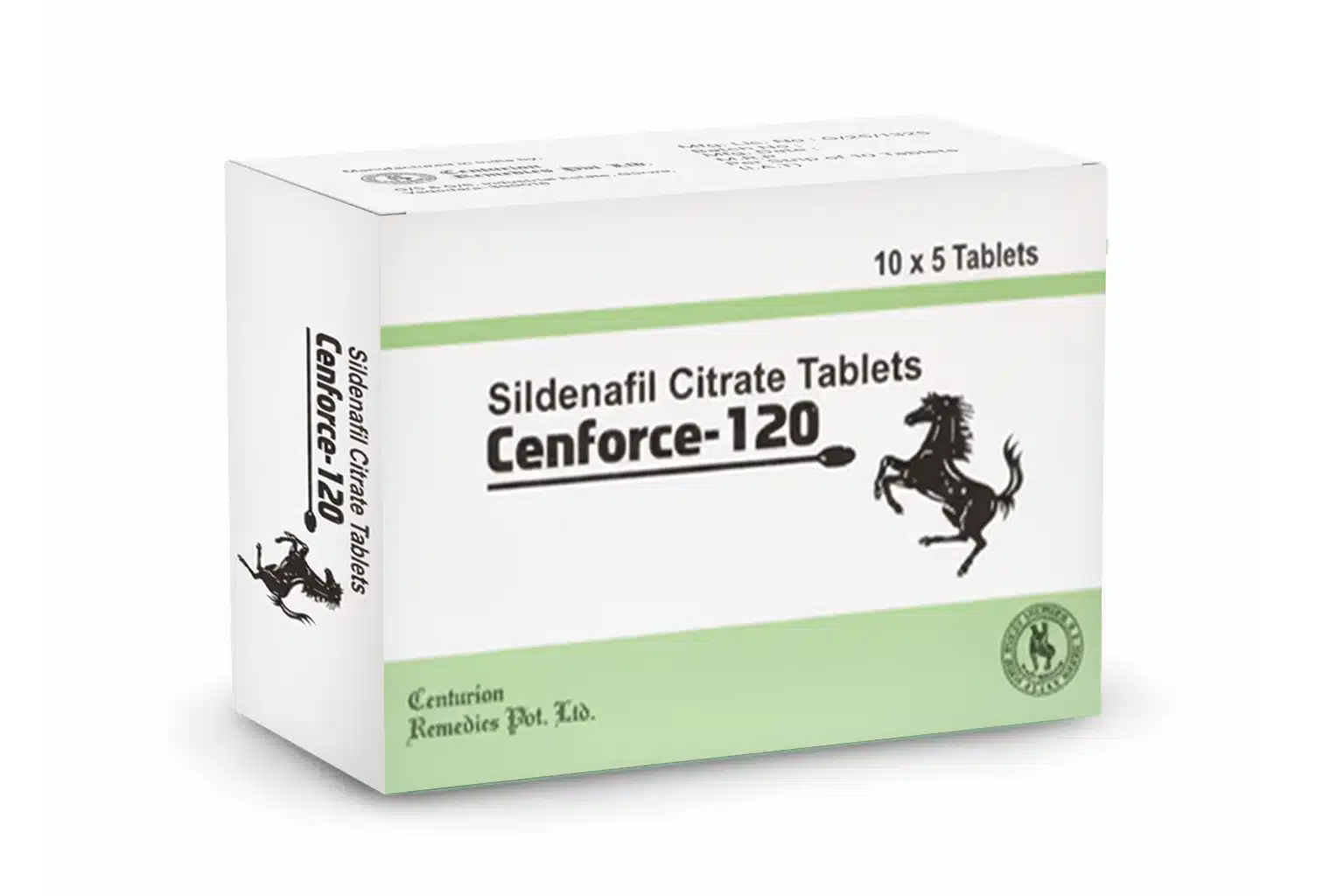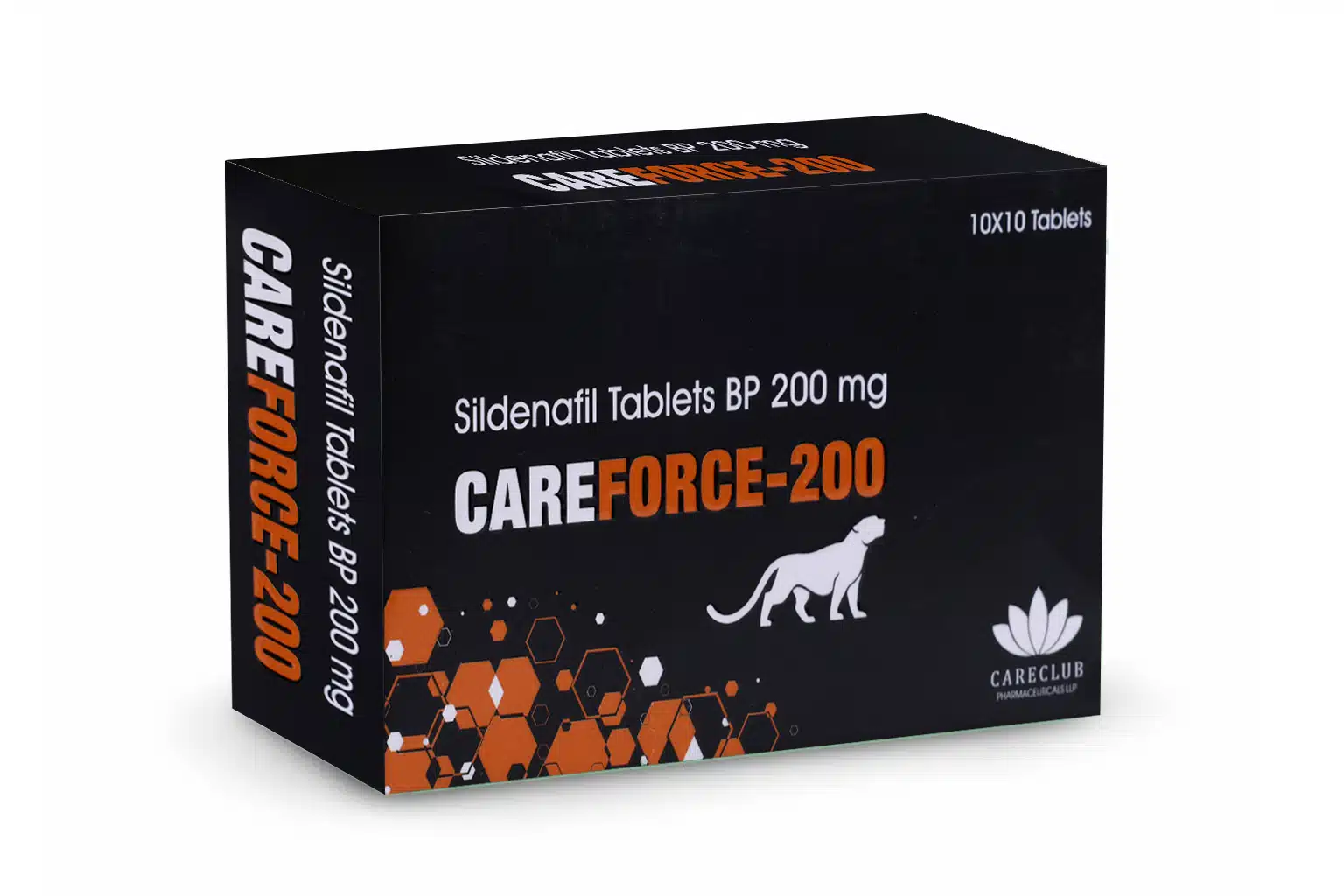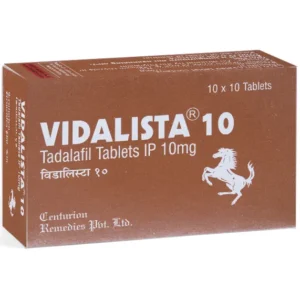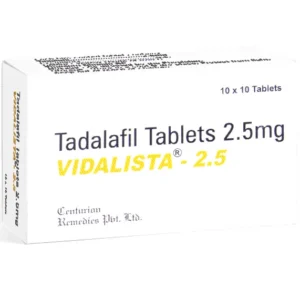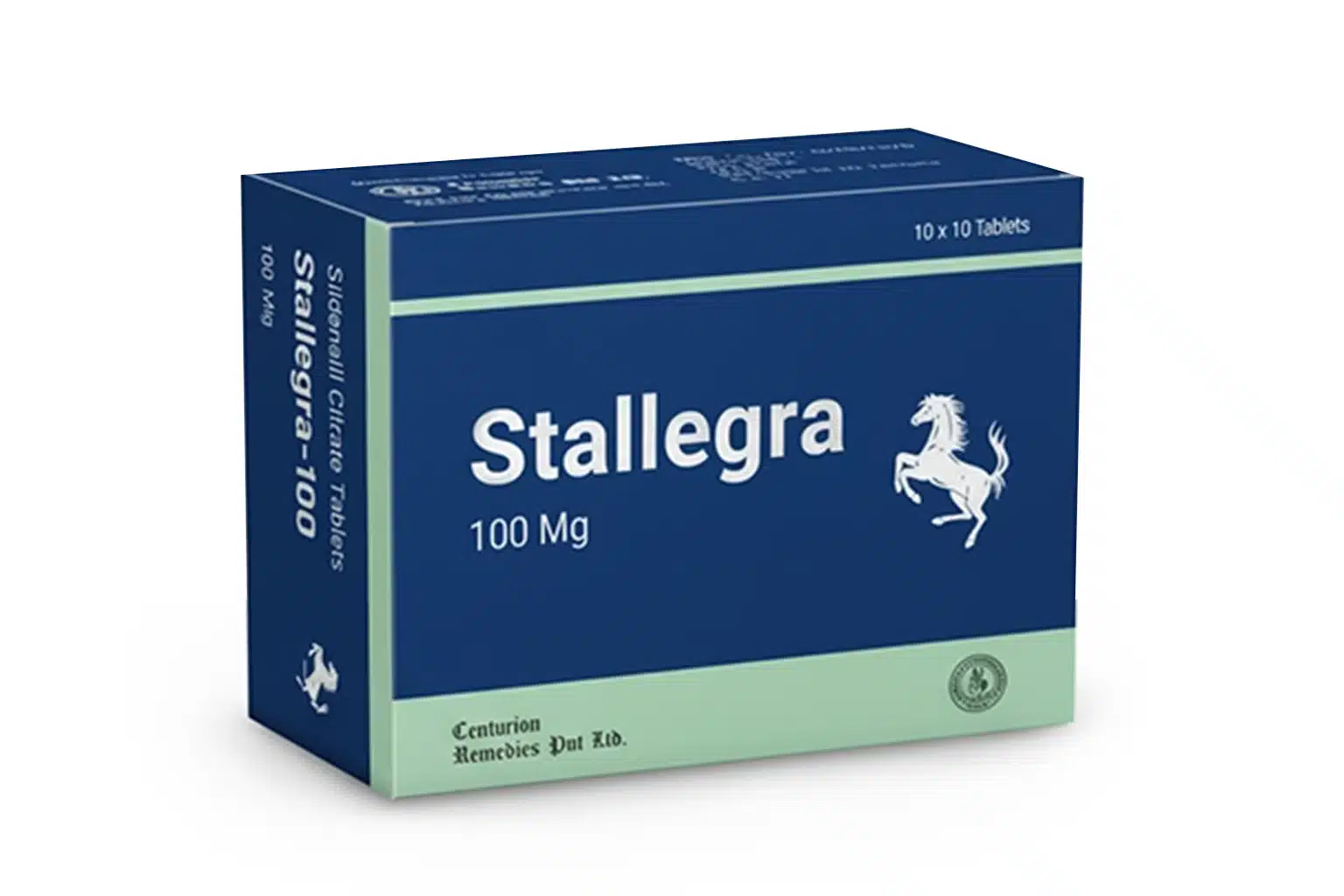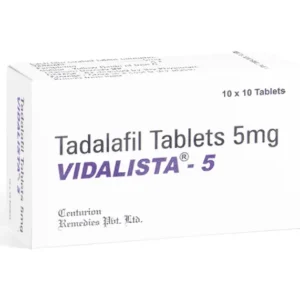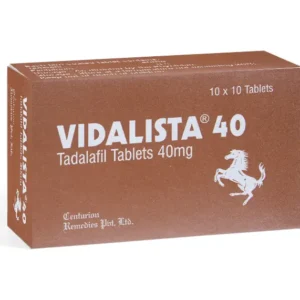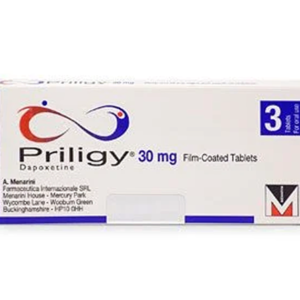Androgen Replacement Therapy: What Men Need to Know About Androgenix
Androgen replacement therapy — often called testosterone replacement therapy (TRT) or simply hormone replacement therapy for men has become an important option for men with clinically confirmed low testosterone. Whether you’ve heard brand names like Androgenix (used here as an illustrative trade name), are researching testosterone cypionate vs enanthate, or want to know how to tell if you have low testosterone, this guide breaks down the science, benefits, risks, routes of administration, monitoring, and how to get prescribed testosterone responsibly.
What is androgen replacement therapy?
Androgen replacement therapy refers to medical treatments that restore testosterone (the primary male androgen) to physiological levels in men with hypogonadism — a clinical state in which the testes produce insufficient testosterone. The goal is to relieve symptoms attributable to low testosterone, improve quality of life, and correct measurable biochemical deficiency. When delivered under a physician’s supervision, TRT can increase libido, improve energy, support muscle mass and bone density, and sometimes improve mood and cognition. However, treatment is medical and individualized — it is not an “anti-ageing” panacea.
Who might need TRT?
Men who may be candidates for androgen replacement therapy typically have:
Reproducible symptoms that suggest androgen deficiency (low libido, erectile difficulties, persistent fatigue, loss of muscle mass, increased body fat, mood changes, and decreased bone density).
Biochemical confirmation: at least two separate morning blood tests showing low total testosterone (and sometimes low free testosterone) measured while not acutely ill. Clinical guidelines recommend confirming low levels before starting therapy.
Not every man with “low normal” numbers or nonspecific fatigue is a candidate; reversible factors (poor sleep, obesity, medications, alcohol, acute illness) should be assessed first.
Symptoms: How to tell if you have low testosterone
Common signs that warrant testing include:
Reduced sex drive and fewer spontaneous erections.
Erectile dysfunction not explained by other causes.
Loss of muscle mass, reduced strength, and increased body fat.
Low energy, persistent fatigue, depressive symptoms, poor concentration.
Decreased beard or body hair, smaller testicular volume, and decreased fertility in some cases.
These symptoms are non-specific, so lab confirmation is required to make a diagnosis and consider androgen replacement. If you’re asking “how to tell if u have low testosterone,” the practical step is to record symptoms and get a morning blood test (total testosterone, and if indicated, free testosterone and LH/FSH).
Types of testosterone and delivery methods
Testosterone can be given in multiple formulations; the main choices include gels/creams, transdermal patches, intramuscular injections, subcutaneous injections, and long-acting injections (e.g., testosterone undecanoate) or implantable pellets. Each route has pros and cons:
Topical gels and creams: steady daily absorption, ease of dose titration; risk of transfer to partners/children if contact occurs.
Patches: continuous delivery; skin irritation can be a problem.
Intramuscular injections: testosterone cypionate and testosterone enanthate are two common esters. Depending on the ester and the dosing schedule, injections are usually given every 1 to 3 weeks.
Subcutaneous injections: more and more patients are using them because they are easier to use and less painful.
Long-acting injections and implants need to be given less often, but they need to be watched in a different way.
The choice depends on what the patient wants, how well the symptoms are controlled, how much it costs, whether insurance covers it, and how experienced the doctor is.
Best Seller
Best Seller
What is the difference between testosterone cypionate and enanthate?
Testosterone cypionate and enanthate are two injectable esters of testosterone that doctors often recommend. They are very similar in terms of chemistry and clinical use. The differences are small and usually have to do with how the body processes drugs:
Both are testosterone esters that turn into active testosterone after being injected into a muscle or under the skin.
Half-life/intervals: Enanthate and cypionate have half-lives that are a little different from each other (both measured in days), but they are often used interchangeably in clinical practice. Changes in dose are based on how often the patient is scheduled (weekly or every two weeks) and how high their blood levels are.
Side effects are mostly the same: acne, mood changes, erythrocytosis (higher red blood cell counts), fluid retention, and possible cardiovascular/metabolic effects in people who are prone to them. Some patients and doctors like one ester better than the other because it is easier for them to tolerate, more comfortable to inject, or more readily available.
If you’re reading product descriptions or vendor pages that stress one name over another, remember the most important factors are dose, monitoring, and how your body responds — not the small chemical differences between esters.
Benefits and realistic outcomes
When appropriately prescribed for men with proven hypogonadism, TRT has been shown to:
Improve sexual function (libido, erectile function in many men).
Increase lean muscle mass and strength, and reduce fat mass.
Improve bone mineral density over time.
Improve mood, energy, and some cognitive complaints in selected men.
Clinical guidelines recommend shared decision-making: discuss expected benefits, uncertainties, and risks before starting therapy.
Risks and side effects: what to watch for
Testosterone therapy is not without risks and requires monitoring. Potential adverse effects include:
Polycythemia (increased hematocrit/hemoglobin): may raise the risk of blood clots; blood counts must be checked periodically.
Worsening or unmasking of sleep apnea.
Dermatologic reactions (acne, local irritation with patches).
Mood or behavioral changes in some individuals.
Potential cardiovascular effects: data are mixed; discuss individual cardiovascular risk with your clinician.
Prostate effects: TRT may increase PSA and can complicate prostate disease surveillance; men with active prostate cancer are generally not candidates for TRT.
Specific injection risks: intramuscular oils can cause rare pulmonary oil microembolism (POME) or injection site reactions.
If you’re considering a specific product, like testosterone cypionate, be aware that information on side effects specific to that formulation is available from trusted drug information sources (Mayo Clinic, regulatory labels).
Monitoring while on TRT
Safe TRT requires baseline and ongoing monitoring:
Baseline tests: total testosterone (morning), hematocrit/hemoglobin, PSA and digital rectal exam as clinically indicated, liver function tests, lipid profile, fasting glucose/HbA1c.
Ongoing: testosterone levels (to guide dosing), hematocrit every 3–6 months initially, then annually once stable; PSA and prostate surveillance per age and risk; assessment of symptoms and adverse effects.
Dose adjustments: based on symptoms and trough/peak testosterone levels, depending on formulation.
How to get prescribed testosterone (legal and medical steps)
You cannot legally obtain prescription testosterone without a licensed clinician’s assessment in most countries. Practical steps:
See a primary care doctor or endocrinologist with your symptom history. Document symptoms and timing.
Testing: get morning total testosterone measured on at least two occasions when you are not acutely ill — many clinics require two low readings before prescribing. Free testosterone or LH/FSH may be checked to clarify the cause.
Address reversible causes (sleep, weight, medications) before starting TRT.
Shared decision-making: review risks, benefits, and the monitoring plan with your clinician.
Follow the monitoring schedule after starting therapy to ensure safety and efficacy.
Guidelines and thresholds vary by country; for example, in the UK, some services require total testosterone under a certain threshold (e.g., ~15 nmol/L) plus symptoms before initiating treatment — local practice and thresholds should be discussed with a provider.
Practical tips if you’re considering TRT
Get a thorough medical evaluation first — don’t self-prescribe or order testosterone without clinical oversight.
Keep a symptom diary before testing so your clinician has objective reports.
Ask about fertility implications: TRT can suppress spermatogenesis — men wishing to preserve fertility should discuss alternatives (e.g., clomiphene, hCG, or referral to fertility specialists).
If considering injections, learn proper technique and safe disposal of sharps. Subcutaneous injections are an option in many clinics.
Watch for warning signs (chest pain, shortness of breath, sudden leg pain or swelling, neurological symptoms) and seek urgent care if they occur.
The role of products and brands
You may encounter brand names, compounding pharmacies, or online vendors marketing testosterone under many labels. Treat brand names (e.g., Androgenix, included here as an illustrative example) as marketing labels — the active component (testosterone cypionate, enanthate, undecanoate, gel) and the supervised prescribing/monitoring are what matter. Only obtain testosterone from licensed pharmacies on a legitimate prescription and through approved clinical channels. Avoid unverified online sources that bypass medical evaluation.
Androgen Replacement Therapy vs Penile Injections
Androgen Replacement Therapy (ART), often called testosterone replacement therapy (TRT), is designed to restore normal testosterone levels in men with clinically diagnosed low testosterone (hypogonadism). It enhances libido, mood, and overall energy, sometimes improving erectile function if hormonal deficiency is the main cause. TRT is available as injections, gels, patches, or implants and works gradually over weeks. However, it can suppress fertility, raise red blood cell count, and may require regular monitoring of testosterone, PSA, and hematocrit levels.
In contrast, penile injection therapy acts locally to produce erections directly, regardless of hormone levels. Drugs such as alprostadil, papaverine, or phentolamine are injected into the penile tissue, triggering smooth muscle relaxation and increased blood flow within minutes. It’s highly effective for men who don’t respond to oral ED medications. The effects last 30–90 minutes, but side effects like mild pain, bruising, or priapism (prolonged erection) can occur with improper use.
In summary:
TRT is best for men with confirmed testosterone deficiency who experience low libido or fatigue.
Penile injections suit men with normal hormones but poor erectile response due to vascular or nerve causes.
Sometimes, both are combined — TRT to correct hormonal imbalance and injections for immediate erectile support.
Both treatments should be used under medical supervision after proper ED consultation with a doctor, ensuring safety and optimal results tailored to the patient’s underlying cause.
TRT and special populations
Older men: testosterone naturally declines with age; guidelines recommend careful assessment because risks/benefits may differ in older patients.
Men who want fertility: standard TRT can impair sperm production; alternative approaches exist and require specialist input.
Women and transgender patients: testosterone therapy may be indicated in some contexts (e.g., hypoactive sexual desire disorder in women, gender-affirming care) — management is distinct and should be handled by specialists.
Common myths and misconceptions
Myth: TRT automatically makes you stronger, younger, and disease-free.
Reality: TRT treats biochemical deficiency and associated symptoms; it is not a cure-all and has risks.Myth: One ester (cypionate vs enanthate) is radically better.
Reality: Both are effective; differences are modest and often clinically negligible.
FAQ’s
Q1)How quickly will I notice benefits from TRT?
A: Sexual symptoms often improve within weeks; improvements in energy, mood, and erections may take several weeks to months. Muscle and bone changes take longer (months). Individual responses vary.
Q2) What’s the difference between total testosterone and low free testosterone?
A: Total testosterone measures all circulating testosterone (bound + unbound). Free testosterone measures the small fraction not bound to proteins — in some cases (e.g., altered SHBG levels) free testosterone better reflects bioavailable hormone. Clinicians decide which test is most useful.
Q3) Is TRT safe for men with heart disease?
A: Cardiovascular safety has been debated; guidelines emphasize individualized cardiovascular risk assessment and careful monitoring. Discuss your heart health with your doctor before starting TRT.
Q4) How do the cypionate side effects compare to other forms?
A: Side-effect profiles are similar across injectable esters and other formulations; the differences are generally in pharmacokinetics and dosing schedules rather than unique side effects. Common issues include acne, mood changes, and increased hematocrit.
Q5) Can testosterone increase my risk of prostate cancer?
A: Current evidence does not prove TRT causes prostate cancer, but testosterone can stimulate prostate tissue and may raise PSA; guidelines recommend screening and close monitoring. Men with known prostate cancer are usually excluded from TRT.
Final words: be informed and cautious
Androgen replacement therapy — whether you see product names like Androgenix in marketing or read comparisons of testosterone cypionate vs enanthate — is a medical treatment that requires careful diagnosis, individualized choice of formulation, and ongoing monitoring. When used appropriately, it can improve the quality of life for men with true hypogonadism; when used without medical oversight, it can cause harm. If you suspect low testosterone, start with a clinical visit, morning blood tests, and a frank discussion of risks and benefits with a clinician experienced in male hormone replacement therapy.
References
Endocrine Society: Testosterone Therapy in Men With Hypogonadism (Clinical practice guideline). Endocrine Society
Bhasin S., et al., Testosterone Therapy in Men With Hypogonadism — JCEM / PubMed summary. PubMed
NHS leaflets and guidance on testosterone replacement therapy. kch.nhs.uk




